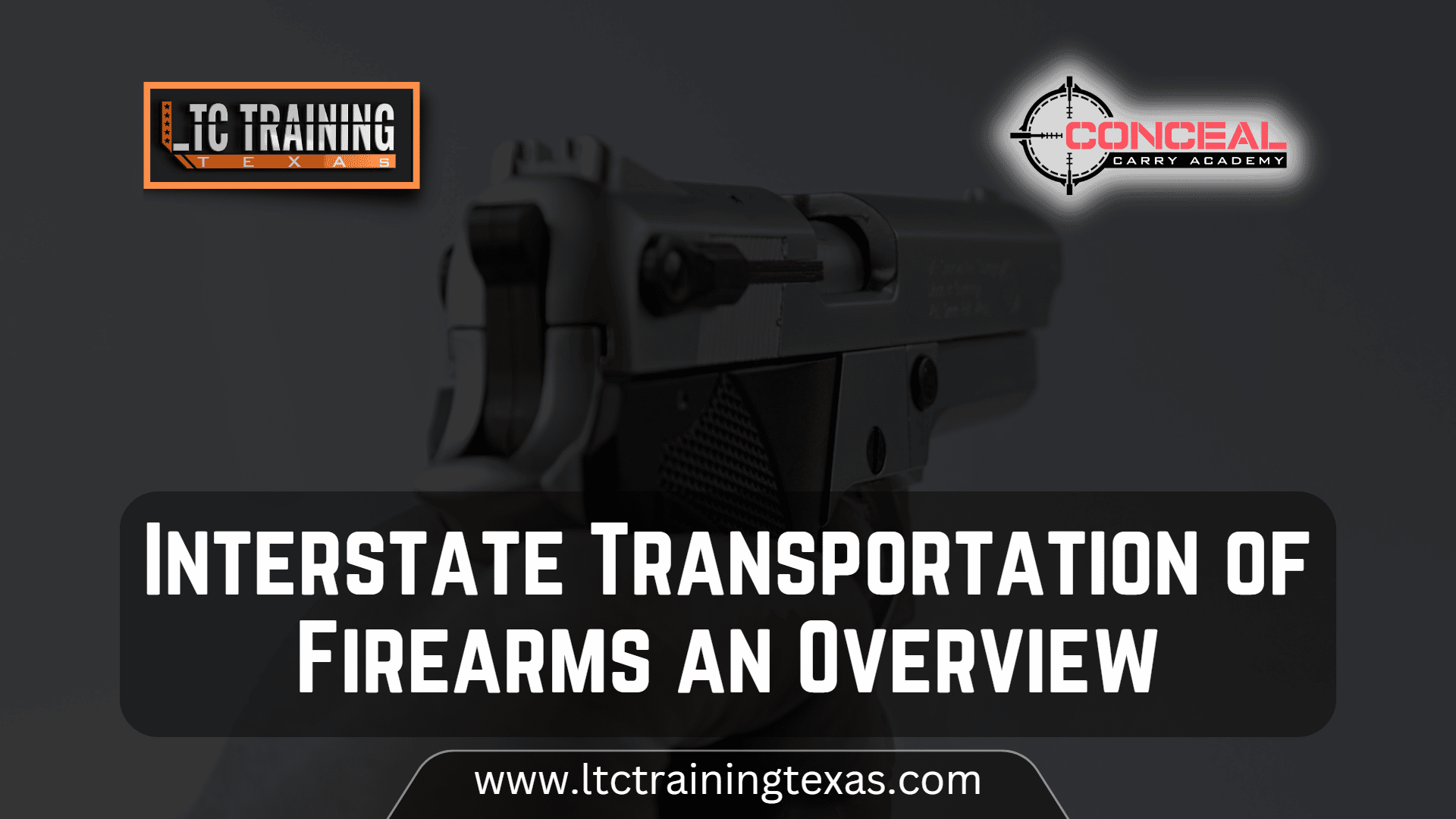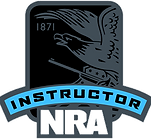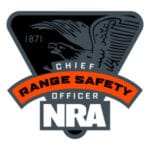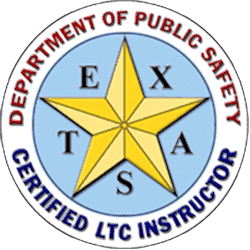Firearms are a contentious issue in the United States and their transportation between states can raise various legal and safety concerns. The right to bear arms is protected by the Second Amendment of the United States Constitution, but this right is not absolute. Federal, state, and local laws regulate the transportation of firearms, including across state lines. Understanding these laws is important for anyone who wishes to legally transport firearms from one state to another.
Interstate Transportation of Firearms: An Overview
Federal Laws Governing the Interstate Transportation of Firearms
The Federal Bureau of Alcohol, Tobacco, Firearms and Explosives (ATF) is the agency responsible for enforcing federal firearms laws, including those related to the interstate transportation of firearms. Under federal law, it is generally legal for an individual to transport firearms across state lines for lawful purposes such as hunting, sporting, or moving to a new residence. However, there are some restrictions on this right.
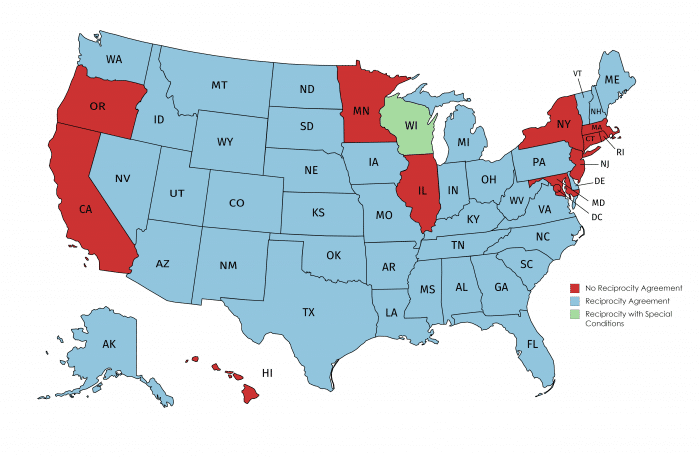
The Federal Gun Control Act of 1968 (GCA):
The primary federal law that regulates the interstate transportation of firearms. According to the GCA, it is illegal to transport firearms in a manner that violates state or local law. For example, it is illegal to transport firearms across state lines with the intent to sell them in violation of state law. Additionally, the GCA prohibits the transportation of firearms across state lines by individuals who are prohibited from owning firearms under federal law, such as convicted felons. The transporter must abide by the regulations set in place by both federal and state law.
State Laws Governing the Interstate Transportation of Firearms
In addition to federal law, each state has its own laws regulating the transportation of firearms. These laws can vary widely, with some states having more restrictive laws than others. It is important to familiarize yourself with the laws of the states through which you will be transporting firearms and to comply with those laws.
For example, some states have laws that require individuals to transport firearms unloaded and in a locked container, while others have no such requirement. Some states also require individuals to have a permit to carry a concealed weapon, while others do not. Furthermore, some states have laws that prohibit the transportation of certain types of firearms, such as assault weapons.
It is important to note that the laws of the state of destination also apply. For example, if you are transporting firearms from a state with more relaxed laws to a state with stricter laws, you must comply with the laws of the state of destination. This will make sure you avoid legal problems with either state.
Safe Transportation of Firearms
Have you ever thought to yourself, what is the most recommended way to transport a firearm?
Regardless of the laws of the states through which you are transporting firearms, it is important to transport firearms safely. This means transporting firearms in a manner that prevents accidental discharge, theft, or loss. Safety must be the first priority.
When transporting firearms, it is best to use a locked container, such as a hard-sided gun case, to store the firearms. The container should be secured in a manner that prevents it from being easily accessible to others, such as by locking it in the trunk of a vehicle. It is also a good idea to remove the firearms from the container and store them separately when staying in a hotel or other overnight accommodation. Additionally, it is recommended to separate ammunition and firearms during transportation.
The interstate transportation of firearms can raise various legal and safety concerns. Federal, state, and local laws regulate the transportation of firearms, including across state lines. It is important to familiarize yourself with these laws and to comply with them. Additionally, it is important to transport firearms safely to prevent accidental discharge, theft, or loss. By understanding the laws governing the interstate transportation of firearms and following safe transportation practices, individuals can legally and safely transport firearms from one state to another.
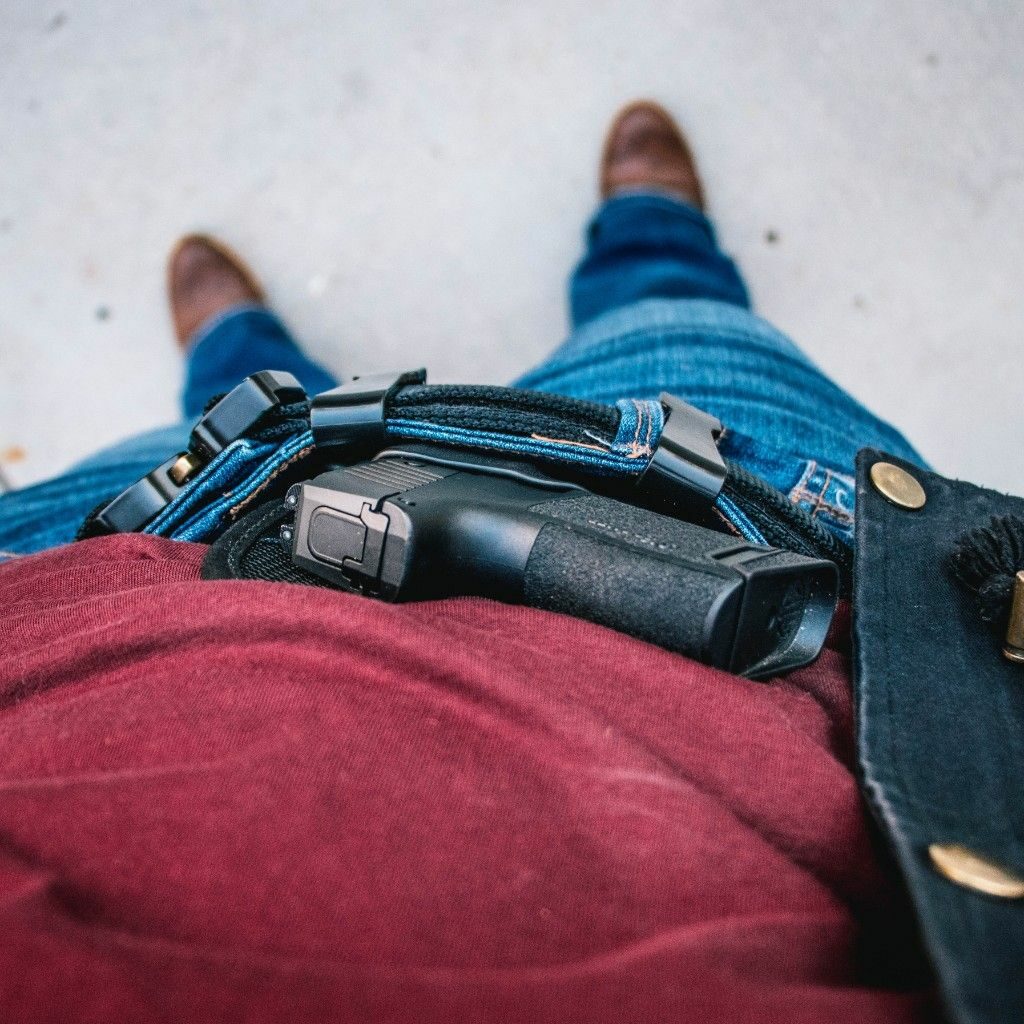
When you’re ready to get your Texas License to Carry (LTC) or your Oklahoma SDA, make sure you choose a premier training provider. Conceal Carry Academy is committed to offering the best firearms training possible through the NRA or other State programs. When they need information on firearms safety or they want to take a Texas LTC class or Oklahoma SDA, gun owners trust the expertise of the pros from Conceal Carry Academy. If you have questions about any aspect of gun ownership in Texas, contact us today!

